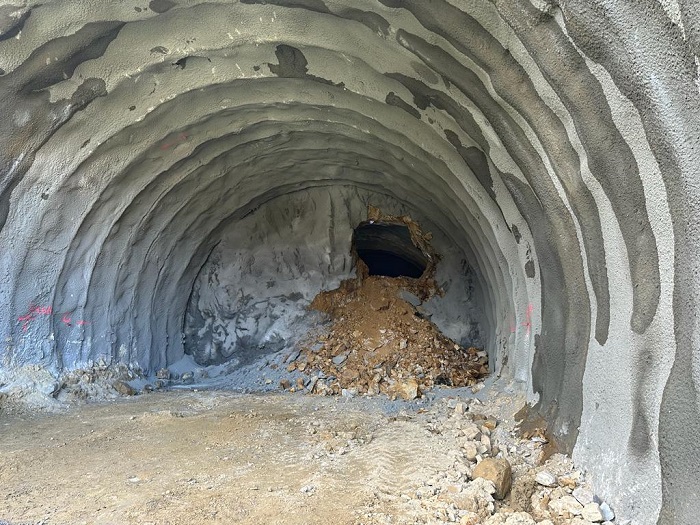The project to develop the railway access to the Exterior port of Langosteira (A Coruña), which began in 2022 and is due to finish in 2026, includes the construction of 6.7 km of railway tracks, 5.3 km of which run through tunnels.
This project was awarded to the joint venture comprising Sacyr Engineering and Infrastructure, Cavosa, and Construcciones y Obras Taboada Ramos by ADIF. It has a 48-month execution period and will be financed with Next Generation EU funds.
This link serves as a single-track railway platform for Iberian gauge cars and a maximum speed of 100 km/h. It stretches along a main axis of 5,573 meters, including three tunnels.
The intricate tunnel network requires the installation of a communication system that enables remote control and the implementation of an access and control system for workers.
Tunnel 1 has six access points. "We have designed a system that allows simultaneous communication and interconnected control of all accesses," explains Carlos Balado, Project and Site Manager.
Tunnel 2 connects the Suevos area with the inner zone of the Outer Port of A Coruña, spanning 747 meters.
To meet the requirements of this project, we have applied smart technologies to always monitor activity at the infrastructure.
A system has been implemented with an access controller that manages tamper-proof TCP communications and allows for offline operations; an IP card reader resistant to weather conditions connected to the controller, and access control software installed in the control room for all equipment.
All workers are provided with a tag that provides data through readers about their entry, exit, or location along the tunnels and galleries.
Furthermore, as a new feature, we have implemented a communications system based on the deployment of WIFI inside the tunnels and galleries, allowing for instantaneous communication with the port police's access control points.
A predefined alarm management system is also incorporated to detect the absence of staff at a certain time or to ensure that the number of people does not exceed the established limit.
The features of the proposed technology allow for connectivity and data traffic between two collateral base stations in the event of optic fiber breakage.
